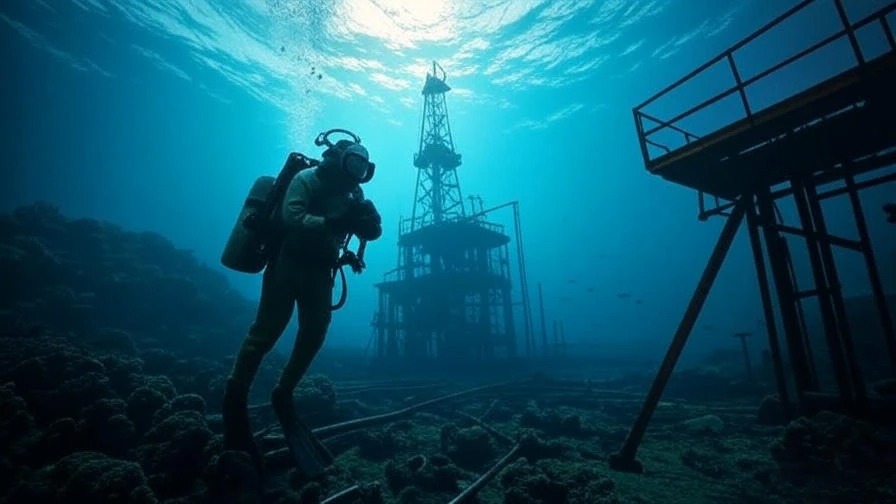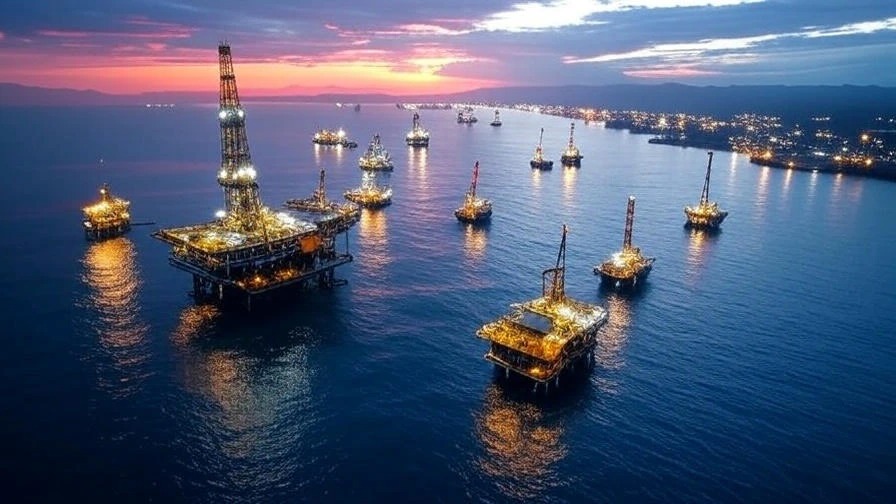The fifth day of escalating tensions between Israel and Iran has sent shockwaves through global financial markets, with oil prices surging nearly 7% and major stock indices tumbling across the board. As geopolitical uncertainty grips investors worldwide, the question on everyone’s mind is: how deep will this market turmoil go?

The Market Carnage: Numbers Don’t Lie
Tuesday’s trading session painted a grim picture for risk assets. The Dow Jones Industrial Average shed nearly 300 points, closing down 0.70% at 42,215.80. The broader S&P 500 wasn’t spared either, sliding 0.84% to 5,982.72, while the tech-heavy Nasdaq Composite dropped 0.91% to finish at 19,521.09.
This wasn’t just a stock market story. Even cryptocurrencies, often touted as digital safe havens, couldn’t escape the sell-off. Bitcoin tumbled 3.8%, while Ether and Solana led the crypto decline, highlighting how interconnected global risk sentiment has become in today’s markets.
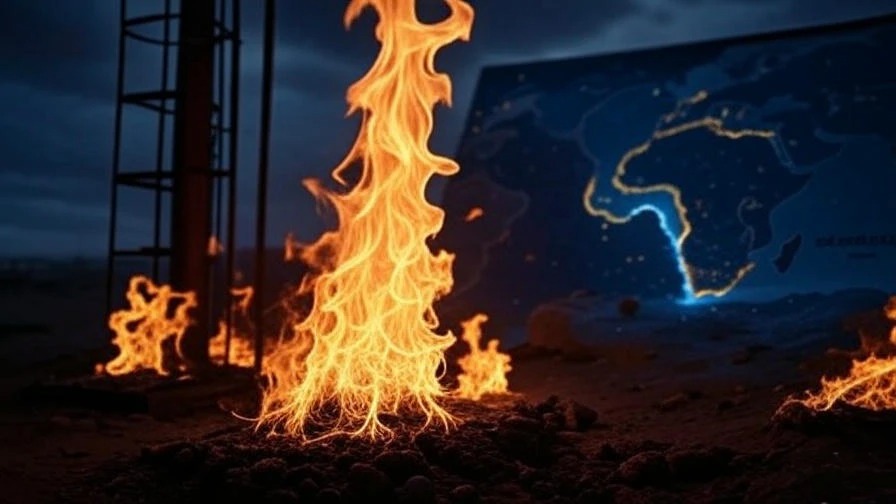
Iran’s Energy Muscle: The Heart of Market Fears
To understand why markets are reacting so violently, you need to grasp Iran’s heavyweight status in global energy markets. The Islamic Republic isn’t just another oil producer – it’s a energy superpower sitting on the world’s second-largest proven natural gas reserves and third-largest crude oil reserves.
With approximately 157 billion barrels of proven crude oil reserves, Iran controls about a quarter of the Middle East’s oil wealth and 12% of global proven reserves. Despite years of crippling international sanctions, the country still pumps out 3.3 million barrels daily and exports roughly 2 million barrels, making it a crucial cog in the global energy machine.
Israel’s strategic strikes have specifically targeted Iran’s energy infrastructure, hitting the massive South Pars gasfield (the world’s largest), the Fajr Jam gas plant, multiple oil depots, and refineries including the Shahr Rey facility. These aren’t random targets – they’re calculated moves aimed at Iran’s economic lifeline.
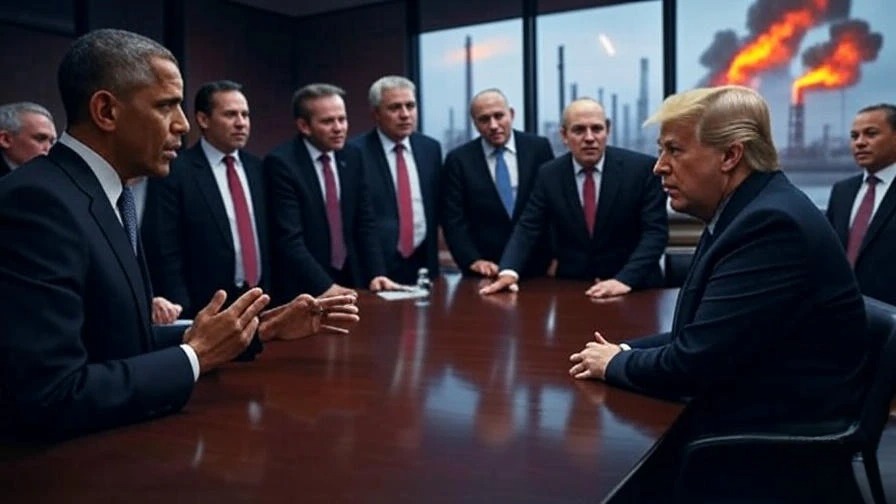
The Strait of Hormuz: A $100 Trillion Chokepoint
Here’s where things get really interesting from a market perspective. The Strait of Hormuz, that narrow waterway between Iran and Oman, handles roughly 20% of global oil consumption and more than 20% of seaborne oil traffic. It’s essentially the world’s most important energy highway.
Investment strategists are now war-gaming scenarios where Iran might attempt to close this vital chokepoint – a move that would send oil prices into the stratosphere. Interestingly, some analysts believe any such disruption would be “fleeting,” with one suggesting investors should be ready to “short oil and go long stocks” if this nuclear option is deployed.
Already, we’re seeing shipping costs explode. Rates for hauling refined oil from the Persian Gulf to Japan have nearly doubled to over $55,000 per day, signaling intense demand for immediate energy shipments from the region.

Trump’s High-Stakes Poker Game
The geopolitical temperature is rising fast. President Trump’s rhetoric has been particularly aggressive, demanding Iran’s “UNCONDITIONAL SURRENDER!” and claiming knowledge of the Supreme Leader’s hiding place. His cryptic comment about wanting “a real end, not a ceasefire” to Iran’s nuclear ambitions, combined with his early departure from the G7 summit for something “much bigger,” has markets on edge about potential U.S. military involvement.
The conflict has even spilled into cyberspace, with pro-Israel hackers claiming responsibility for attacks on Iran’s Bank Sepah, a institution previously sanctioned for alleged links to Iran’s nuclear program.
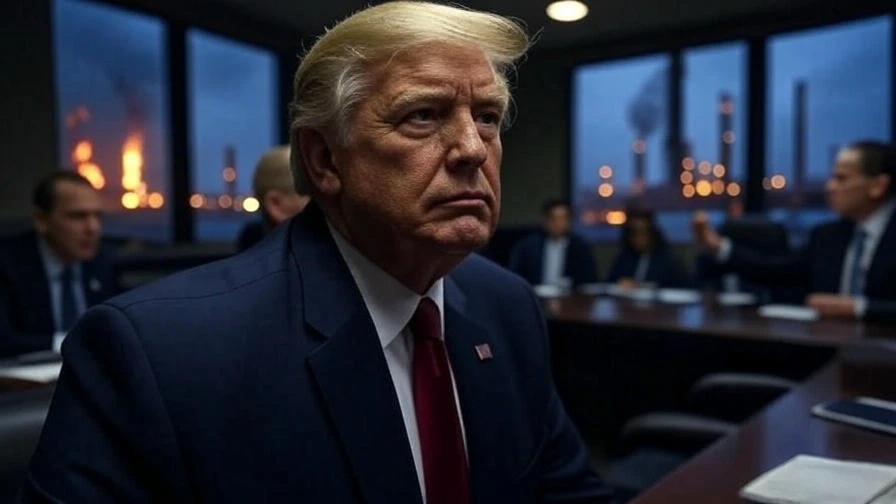
Beyond the Headlines: Other Market Movers
While Middle East tensions dominate the narrative, several other developments are quietly shaping market dynamics:
The Challenging Side: The Congressional Budget Office dropped a bombshell analysis showing the Republican tax bill could add $2.8 trillion to U.S. deficits over the next decade. That’s not exactly music to bond investors’ ears.
Amazon’s CEO Andy Jassy made waves by suggesting AI will likely shrink the company’s corporate workforce in coming years – a reality check on the AI revolution’s impact on employment. Meanwhile, fashion retailer Groupe Dynamite raised prices 9% over the past year with more increases planned, highlighting persistent inflationary pressures.
The Opportunity Side: Not everything is doom and gloom. Brazil’s offshore oil auction saw major players like Petrobras, Exxon, and Chevron secure exploration rights in the promising Equatorial Margin region. Canadian renewable energy firm Boralex announced plans to invest up to $5 billion to more than double production capacity by 2030.
Tech innovation continues its march forward, with Adobe launching its standalone Firefly AI app and Meta planning to expand AI-powered smart glasses under luxury brands like Oakley and Prada. The FDA’s new priority voucher program promises to slash drug review times to just 1-2 months for companies aligned with U.S. interests – a potential game-changer for pharmaceutical innovation.

What This Means for Your Portfolio
From a market strategy standpoint, we’re witnessing a classic “risk-off” environment where investors flee to safety. Energy stocks are obviously benefiting from higher oil prices, while defensive sectors like utilities and consumer staples are seeing relative outperformance.
However, seasoned market watchers know that geopolitical crises, while dramatic, often create more short-term noise than long-term damage to markets. The key is distinguishing between temporary disruptions and fundamental shifts in market dynamics.
The Positive Case: Energy security concerns could accelerate investment in domestic production and renewable alternatives. Defense contractors might see increased demand. Market volatility often creates attractive entry points for patient investors.
The Risk Scenario: Prolonged conflict could trigger supply chain disruptions, sustained inflation, and deeper recession fears. Currency markets could become increasingly volatile, impacting international investments.

The Bottom Line
Markets hate uncertainty, and the Israel-Iran conflict delivers that in spades. While oil’s 7% surge grabs headlines, the real story is how interconnected our global economy has become. A conflict in the Middle East doesn’t just affect energy prices – it ripples through currencies, commodities, and risk sentiment worldwide.
For investors, this environment demands careful navigation. Diversification remains crucial, and having some exposure to energy and defensive sectors makes sense. However, panic selling rarely pays off in the long run.

Disclaimer: This analysis is for informational purposes only and should not be considered investment advice. Markets can be highly volatile during geopolitical events, and past performance doesn’t guarantee future results. Always consult with a qualified financial advisor and conduct your own research before making investment decisions. The author holds no positions in the securities mentioned and receives no compensation from any companies discussed.




